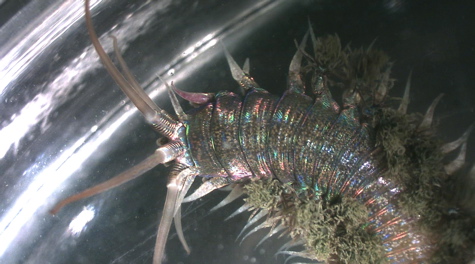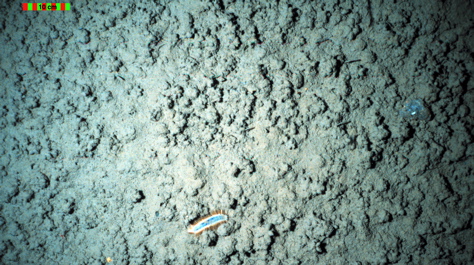Polychaete Key
For Chesapeake Bay and Coastal Virginia
Polychaetes are a class of annelid worms, generally marine, with more than 10,000 species. Common representatives include the lugworm (Arenicola marina) and the sandworm or clam worm Nereis. Polychaetes are important members of benthic ecosystems, serving as food for other organisms and playing a key role in mixing sediments. This key is designed to help identify polychaete species in Chesapeake Bay and coastal Virginia.
The key is available in its entirety in Adobe Acrobat (.pdf) format (5.3 mb). Download Acrobat Reader.
For easier viewing, the document has also been divided into several smaller files:
- Introduction
- Ampharetidae, Amphinomidae, Aphroditidae, Arabellidae, Arenicolidae, Capitellidae
- Chaetopteridae, Chrysopetalidae, Cirratulidae, Cossuridae, Dorvilleidae, Eunicidae, Flabelligeridae, Glyceridae, Goniadidae
- Hesionidae, Lumbrineridae, Lysaretidae, Magelonidae, Maldanidae, Nephtyidae, Nereidae
- Onuphidae, Opheliidae, Orbiniidae, Oweniidae, Paraonidae, Pectinariidae, Phyllodocidae, Pilargidae, Polynoidae
- Sabellariidae, Sabellidae, Scalibregmidae, Serpulidae, Siglionidae, Spionidae, Syllidae, Terebellidae, Trichobranchidae
- References


